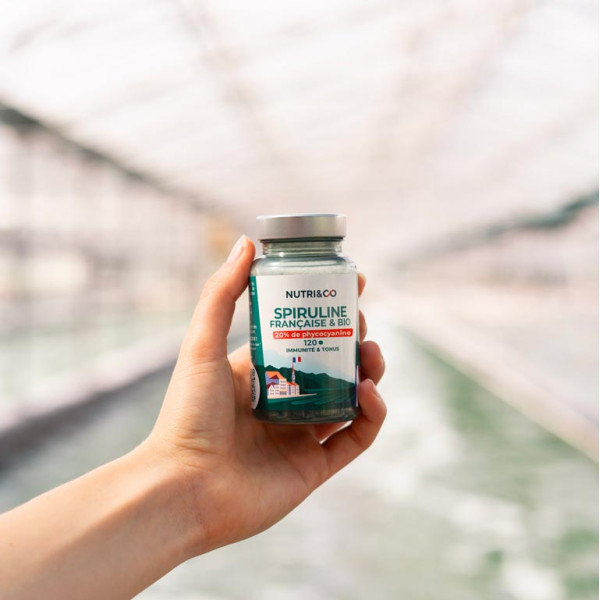
(411)
Organic Spirulina
€19.90
The rich properties of Spirulina Platensis make this super food one of the most studied to date. However, its organic production method is restrictive and does not allow the algae to express its full potential.
Our mission was therefore to find a farm that would combine organic farming with a high nutritional profile. Cold dried, our spirulina guarantees 17% phycocyanin. View more
Organic Spirulina - 120 Tablets
€19.90
Paiement
sécuriséLivraison offerte
dès 69€ d'achatLivraison
en 48hFaites des
économiesParrainer
un procheRécompenses
fidélité









